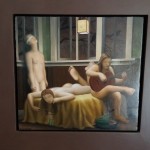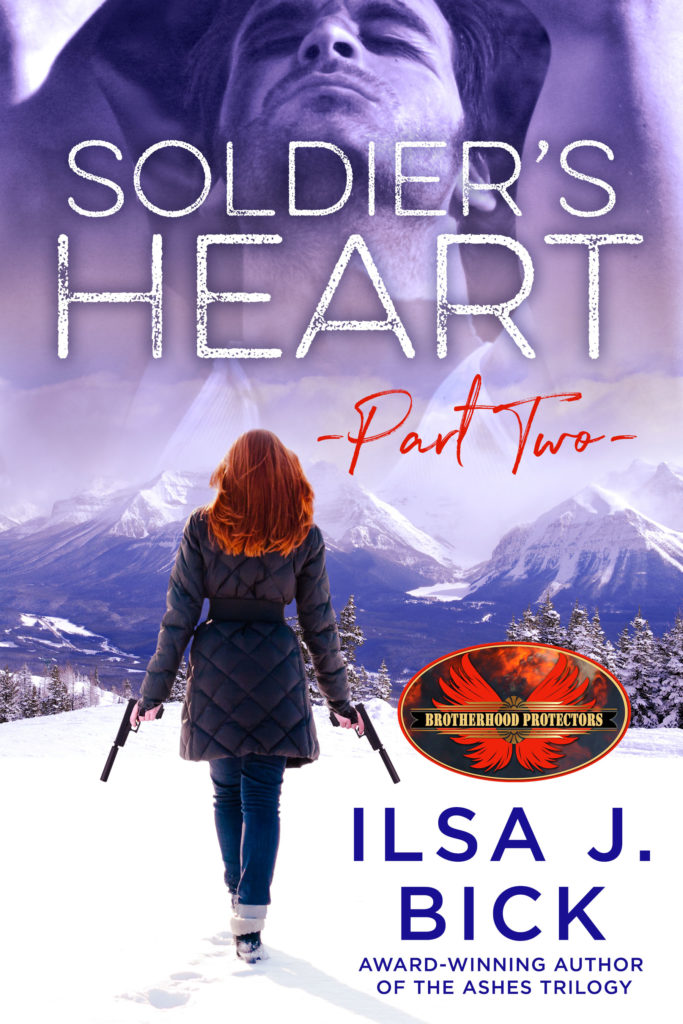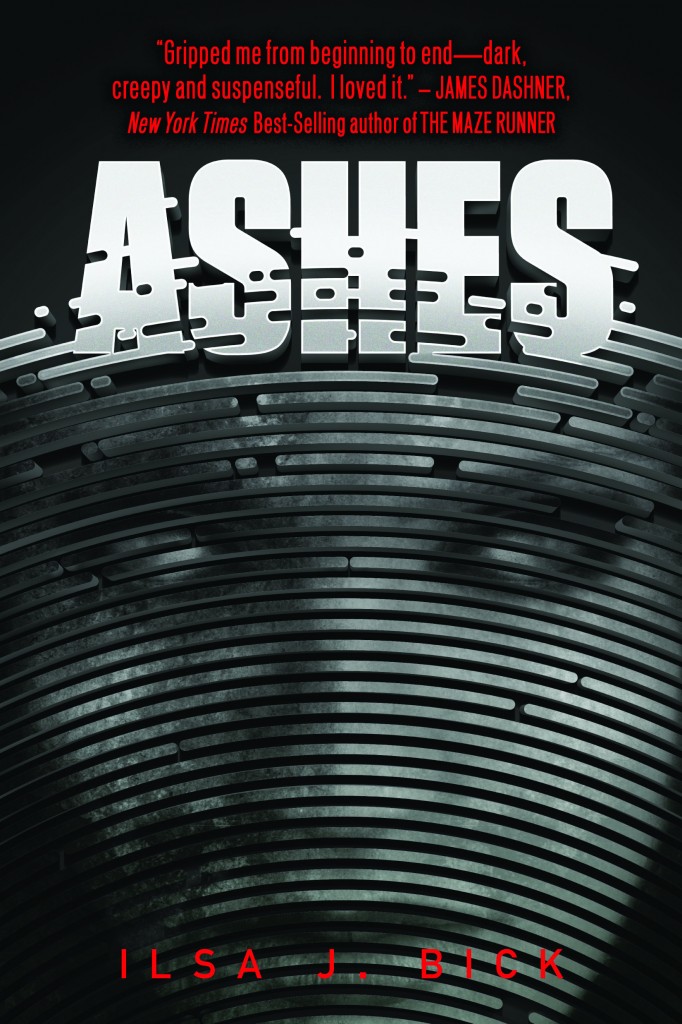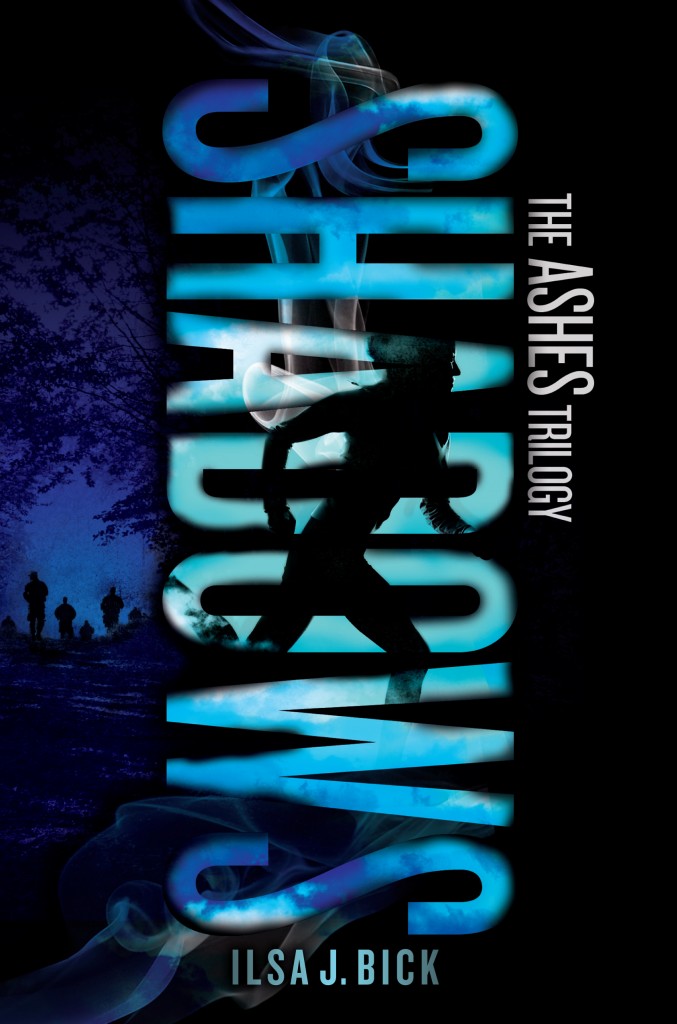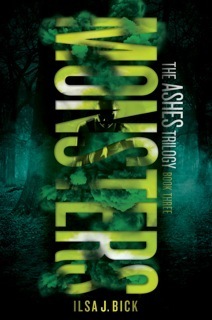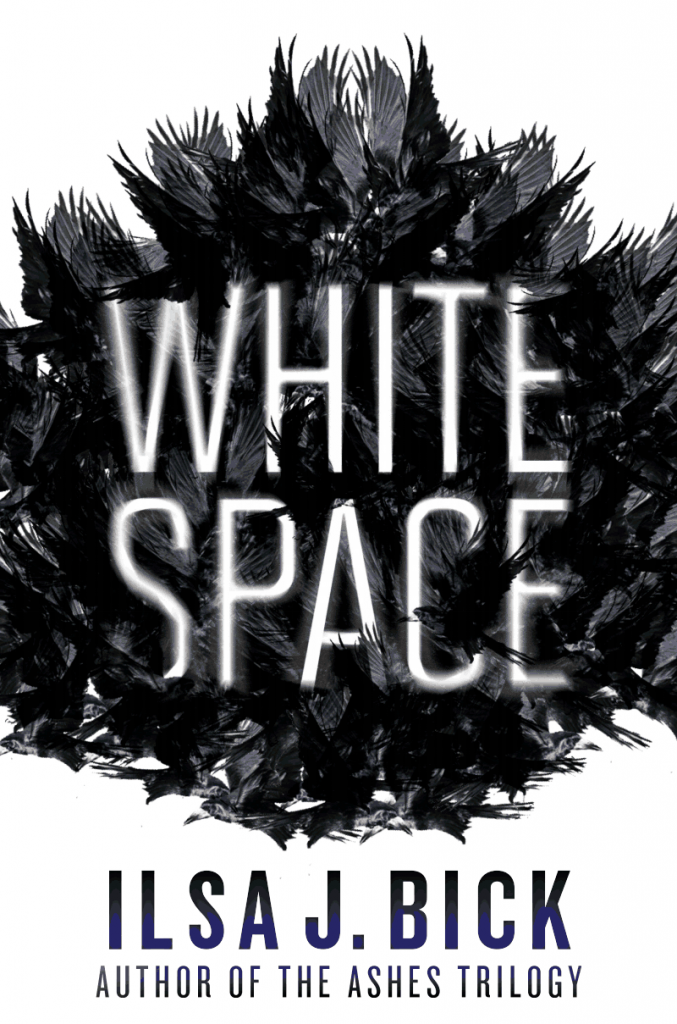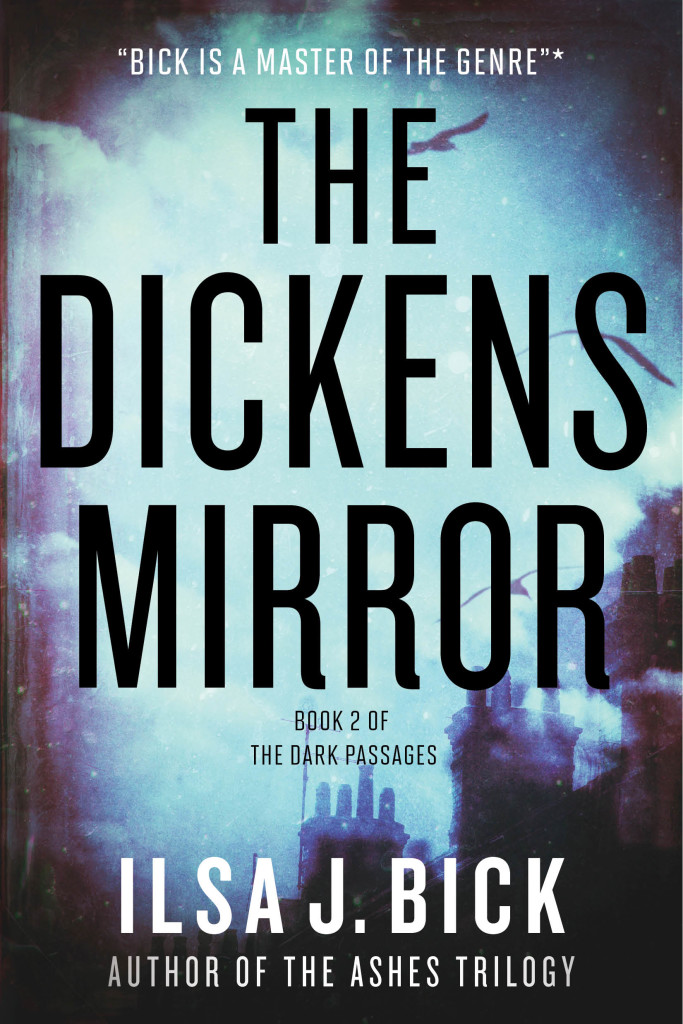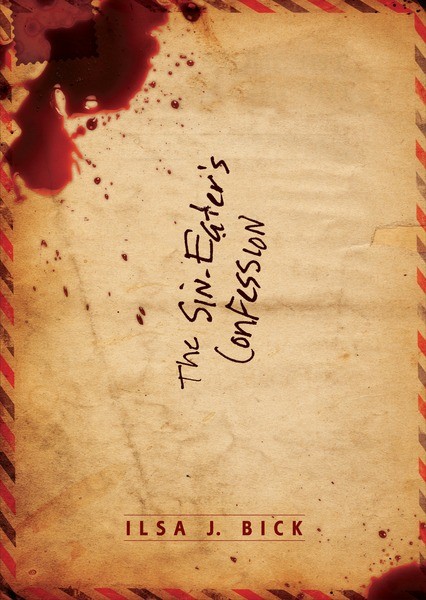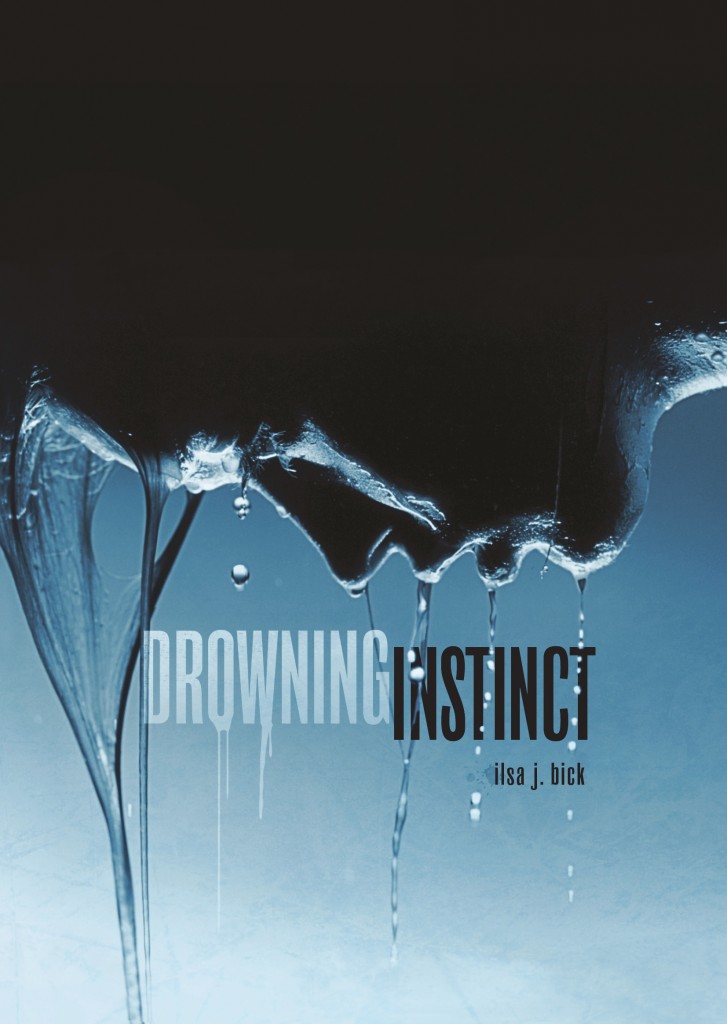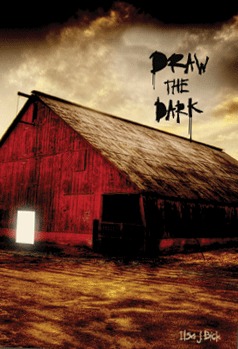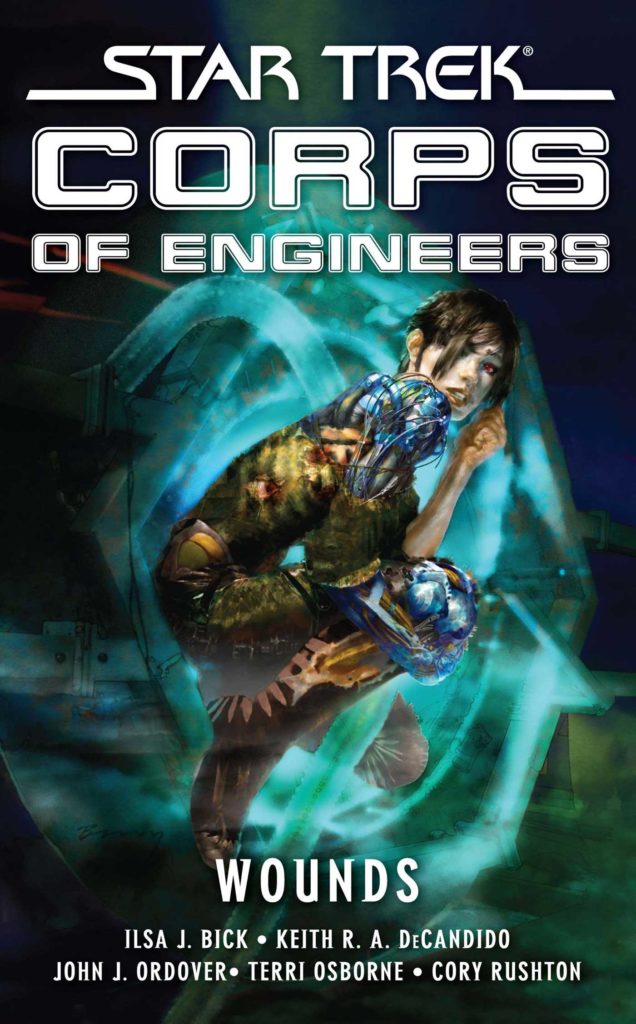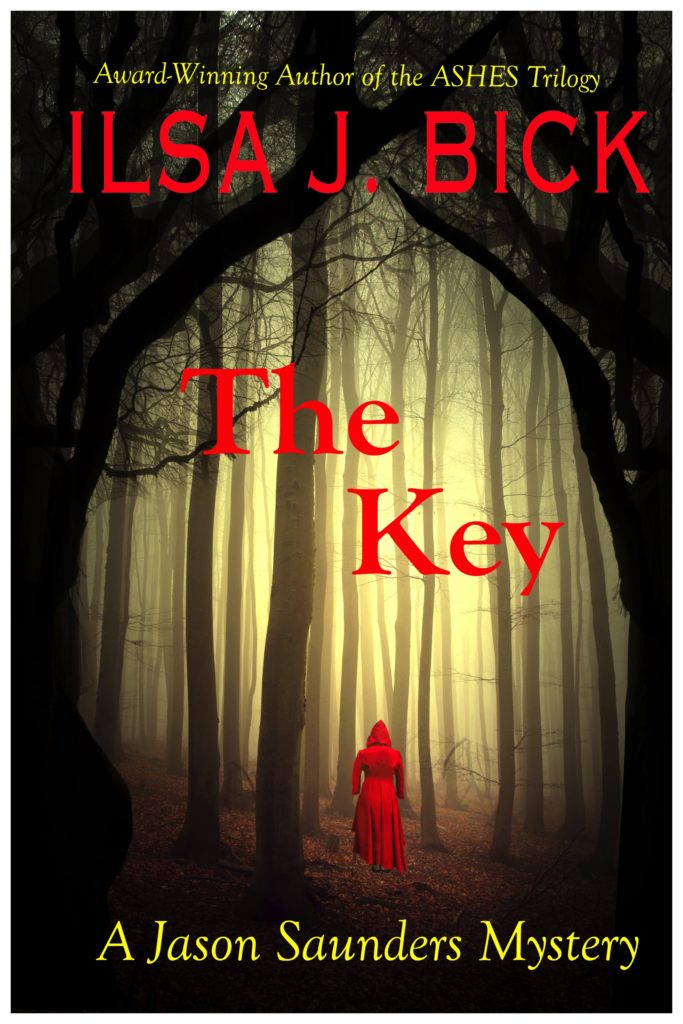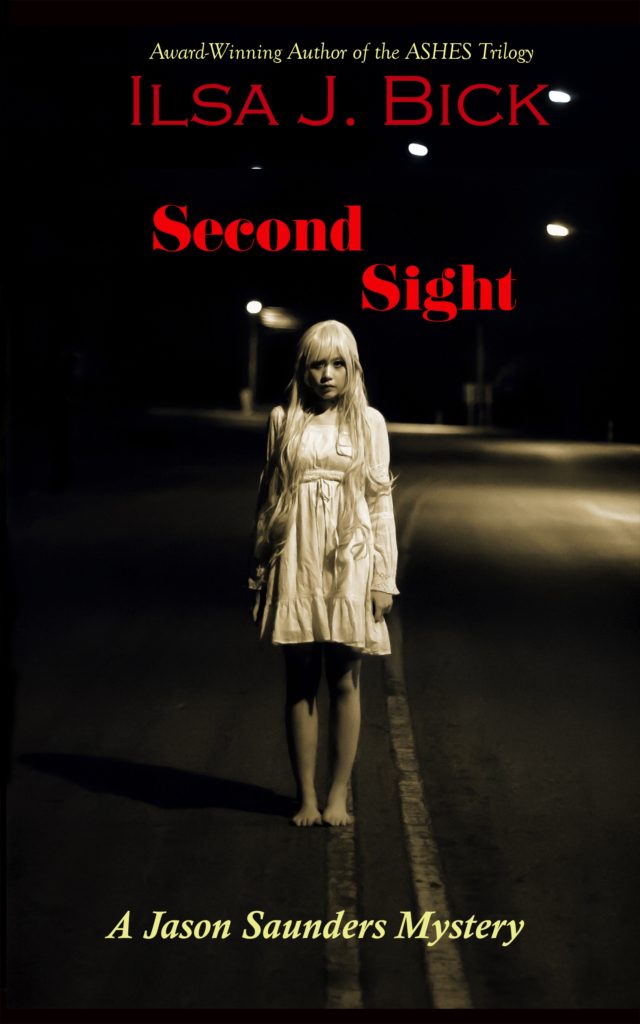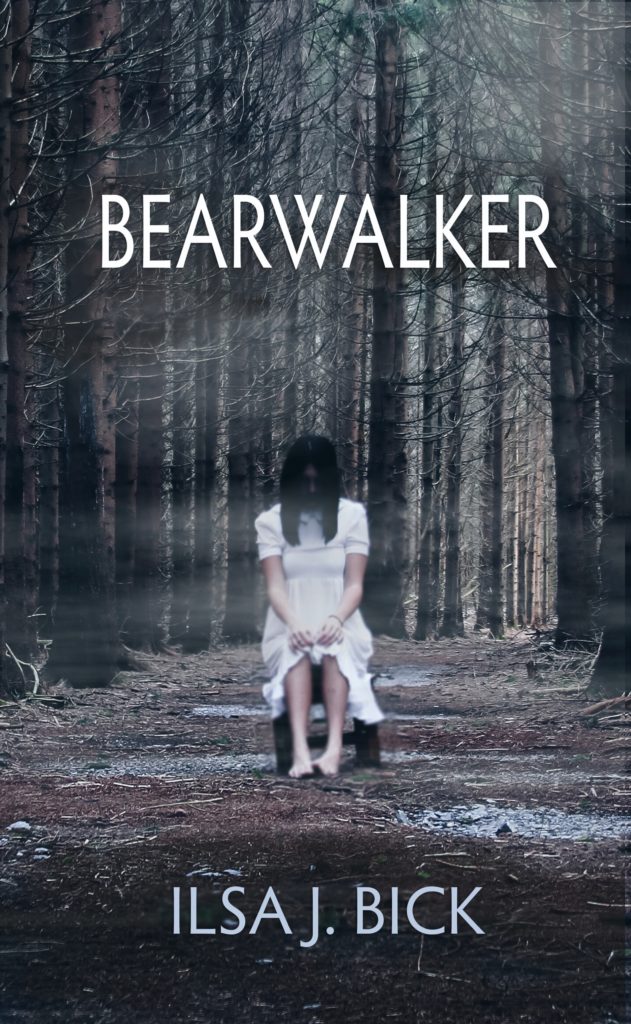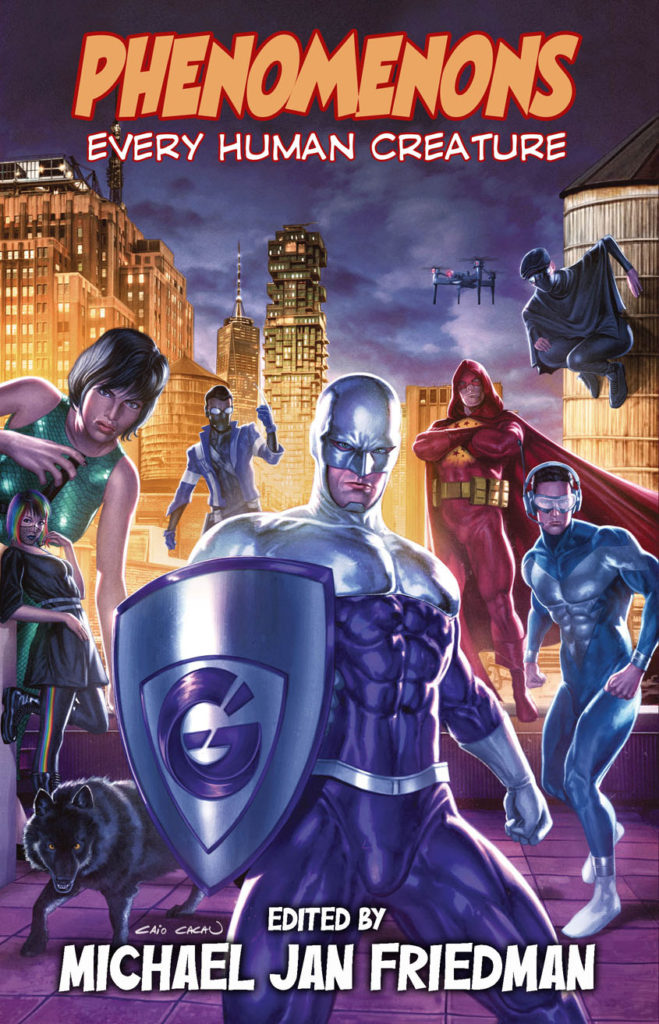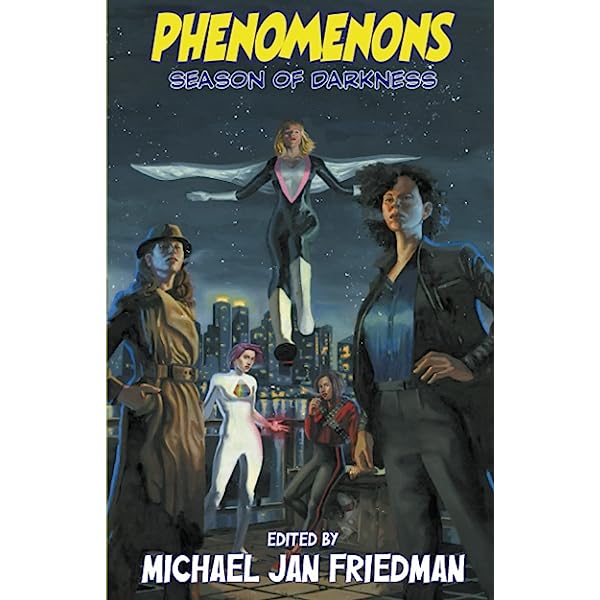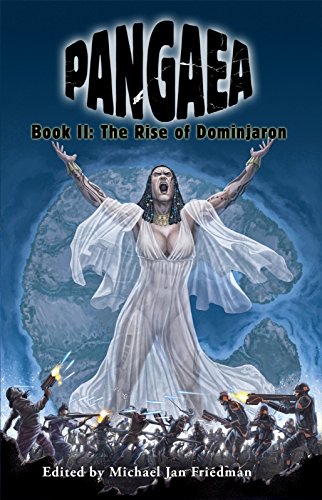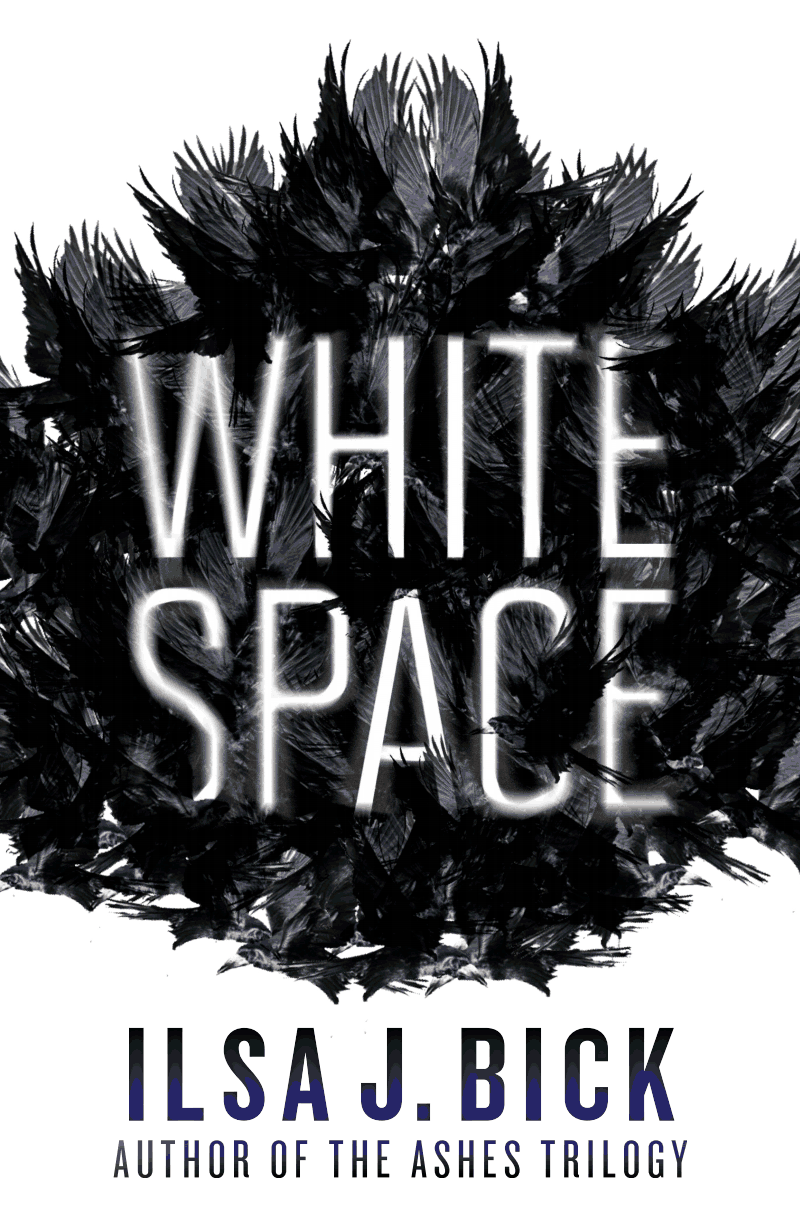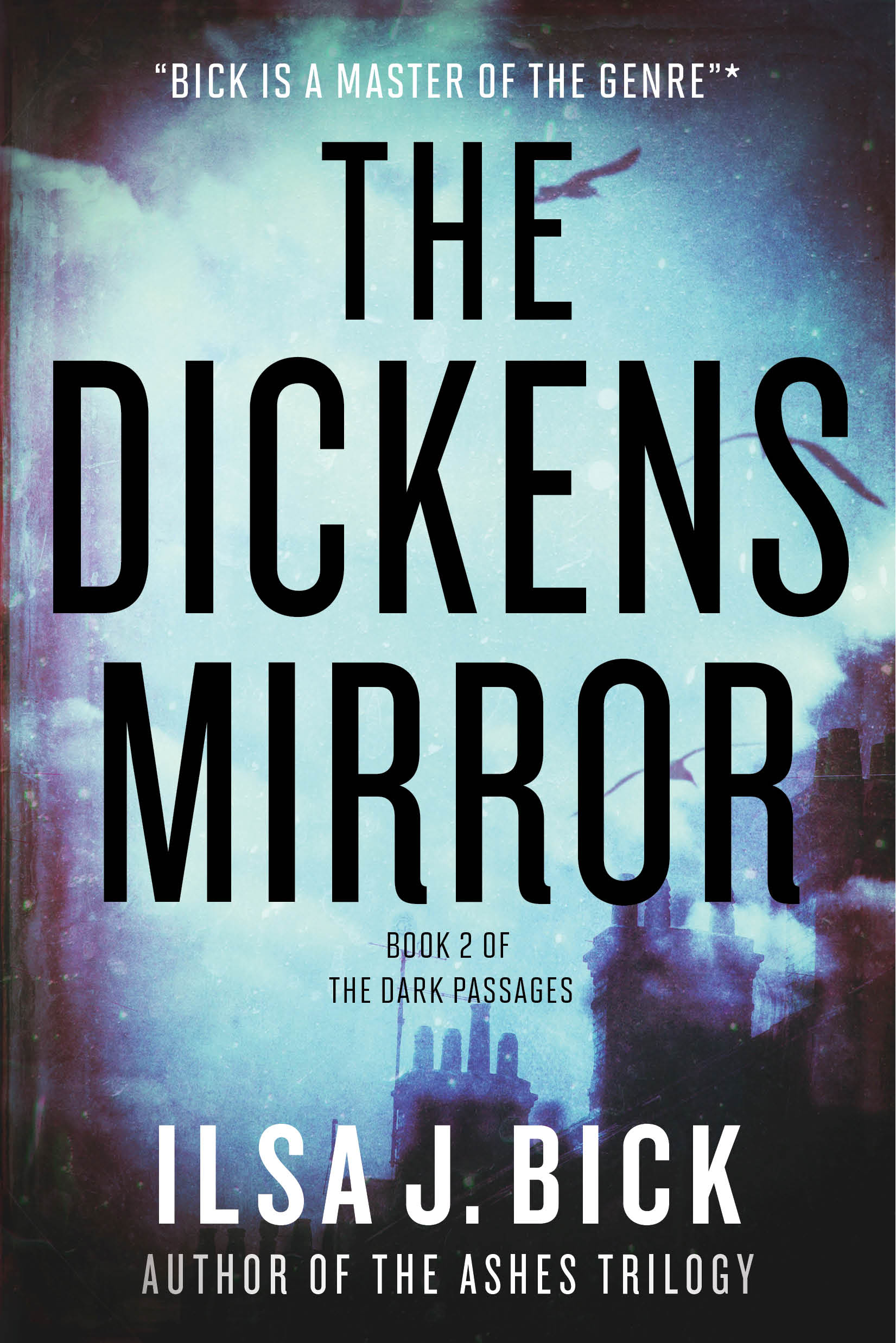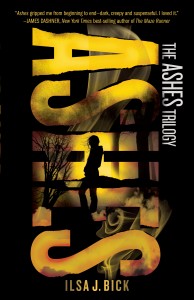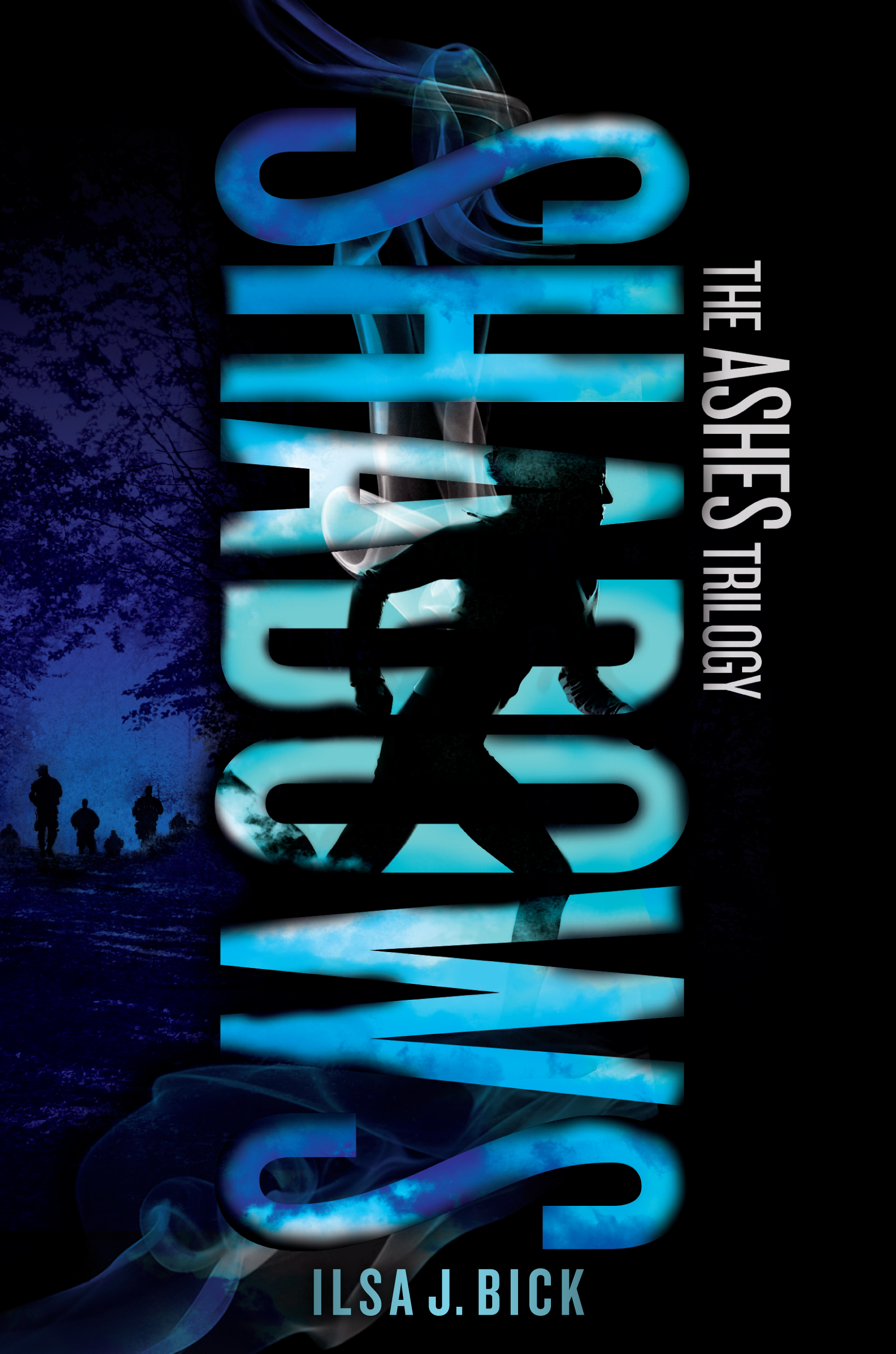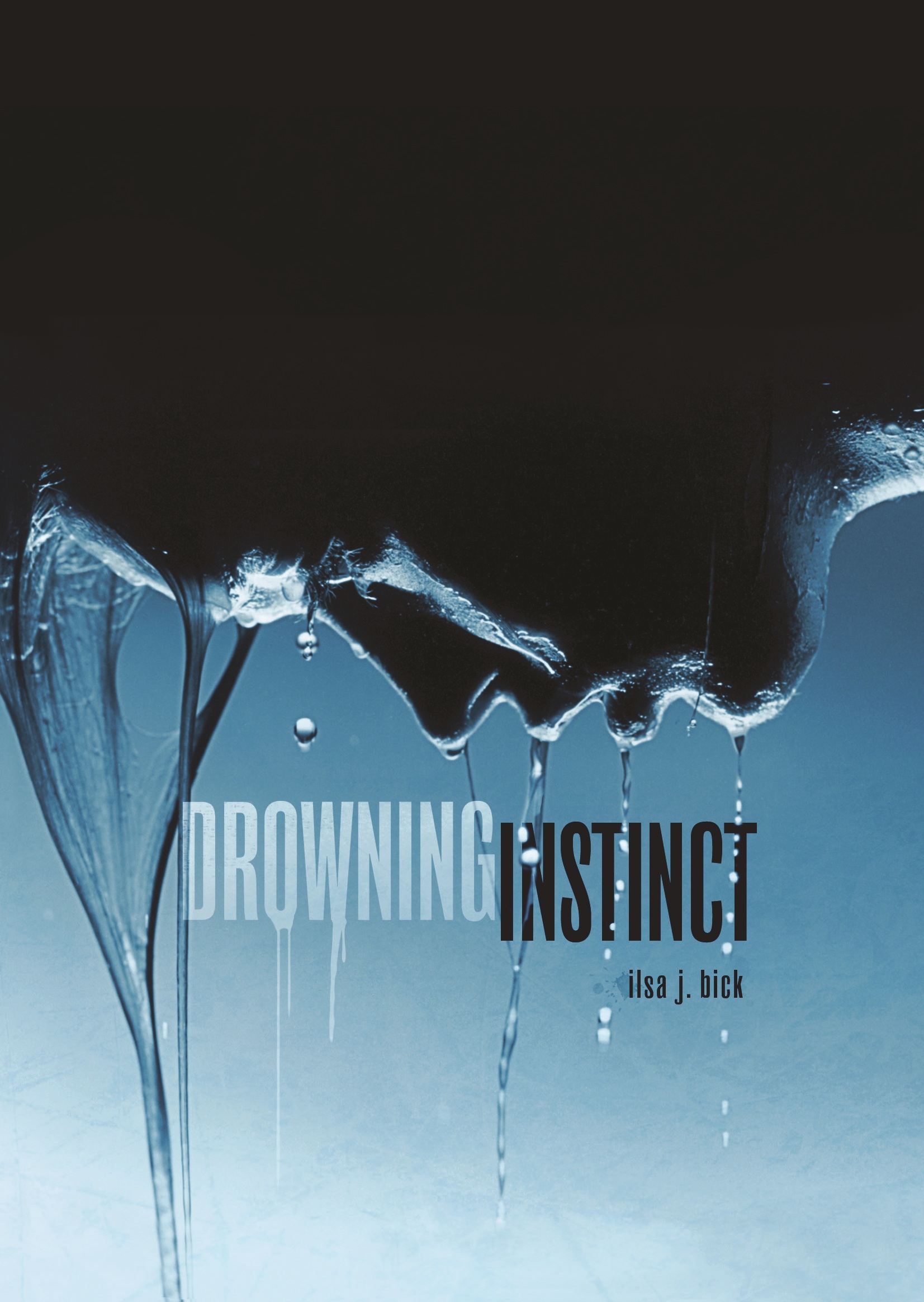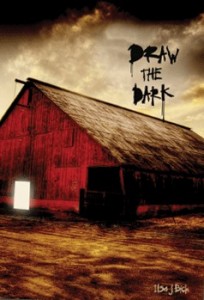Sunday’s Cake: Actually, this title’s a bit misleading because the cake I threw together at the last second here is still cooling. So, no pictures yet. I’m not even sure the thing will work because I think I overdid the drunken plum filling just a touch. Despite the fact that the picture for this particular cake–a Plum Bundt–shows a standard bundt cake, there’s far too little flour and this might be much better as a layer or small coffee cake, and only later did I realize that I was simply too stupid (or in a rush) to read the bit where the author said to double the recipe. So . . . bluh.
But we’ll see. Even if it’s a disaster, my guess is the husband will eat it anyway (the batter was tremendous and so is the plum filling; I used leftover plums from brandy that I’d frozen away and poached them a little more in some of the very same plum brandy and a touch more sugar).
* * *
Friday’s Cocktail: On Friday, I put out this call for Alabama-inspired drinks. I got back only one, the Alabama Slammer, which is actually a derivative of the Alabama Shooter, made famous by Tom Cruise in Cocktail
and, later, Brett Favre because, well, he’s Brett Favre.
Here’s the thing, though: we’re talking a drink made with sloe gin, Amaretto, and Southern Comfort. Some recipes stipulate adding vodka; others want you to do vodka and orange juice. The ones without oj are for more authentic Alabama Shooters, and in only some shooter recipes do you find vodka added. Well, I know why that is: the sloe gin. Sloe gin is a particularly nasty, cloyingly sweet liquor, something you probably drank in your college days of sloe gin fizzes. BUT if you look at those recipes, they always stipulate adding regular gin as well–and why? Easy: to cut the taste of that god-awful sloe gin.
That’s the first non-starter for me. The second is Southern Comfort. I’m sorry, but I might have to disown myself if I drink that.
So, all in all, looking at the ingredients, I just couldn’t get excited. I kept thinking that what I’d be left with is this treacly sweet drink I would pour down the drain.
Turns out, though, that two companies–Plymouth and one other I haven’t been able to track down–make a sloe gin that is, apparently, very drinkable. If I can find a bottle, then I’m game.
So, instead, I opted for a Blood and Sand: Laphroig, Carpano Antiqua sweet vermouth, maraschino liqueur, a teaspoon of maraschino cherry juice (to get that bloody caste), and a smidge (an ounce) of orange juice. If you’ve got Cherry Herring, which is a cherry liquor, then you can dispense with the cherry juice. I only added it because maraschino liqueur, while cherry-flavored, isn’t quite the same.
Where does this splendid concoction originate? No one really knows, though the name is supposedly inspired by a Rudolph Valentino 1922 movie, Blood and Sand, which follows the life and loves of a bullfighter.
Whatever. The husband was sold. Me, too, and I’m not really a fan of orange juice. This had a wonderfully smoky complexity and is something you must sip very, very slowly. I don’t think the cherry notes came through, though, and I’d be interested in trying this again with true Cherry Herring. One thing’s sure, though: your grandma’s screwdriver, this ain’t.
If I can figure out how to do those little doohickeys–you know, stars or what-have-you to show what you think of a something–then this would definitely rate as a four-martini glass cocktail. Maybe five, if I can track down some Cherry Herring.
* * *
We’ve been having this very interesting Facebook discussion on art as it relates to how you should present a house, etc. The skinny: a couple touring our house objected to our art, specifically Adios, Mickey
Now, mind you, the only large-ish piece is Mickey, and that’s on the second floor. The Forth–a very small painting–is mounted on a wall leading to the second floor. There are two other nudes above my computer–again, small paintings–but these are the ones that were singled out.
Regardless, these folks didn’t like them. They actually mentioned that they’d recently been to Disneyland and well . . .As if that was some kind of explanation. Consequently, this carried over into a dislike for the house.
And I’m, like, wuh?
Now, I can somewhat understand their discomfort if their kids had been with them (and, yes, I know that some people do bring their children). Personally, I wouldn’t just because I’m not sure I could pay attention to the house if I’m always watching my kids, if you know what I mean. Plus, kids are easily bored and all that, so seeing the house becomes an ordeal.


